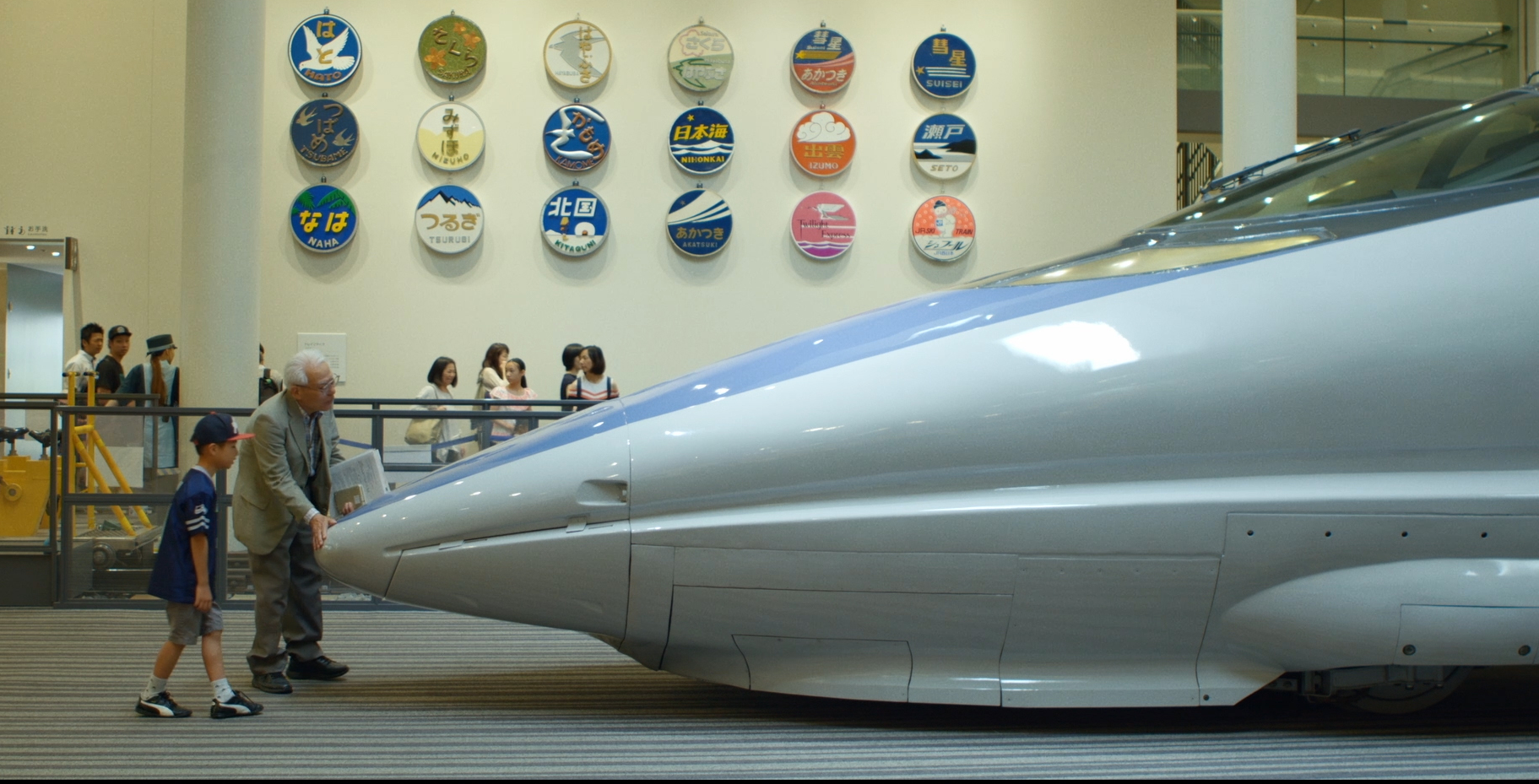
September 10, 2024
A New Film Calls Designers to Mimic Nature




How Biomimicry is Innovation Inspired by Nature
The architecture, engineering, and construction sectors are among those that generate the most environmental impacts and carbon emissions. Those sectors “have much to learn and be inspired by the biomimetic view of forests and natural ecosystems when creating new projects, materials, and ways of building,” co-director Fernanda Heinz Figueiredo said.
From the Costa Rican shoreline to the Brazilian rainforest, the film follows researchers studying natural micro innovations — like the self-watering and self-shading ingenuity of a bromeliad clinging to a rocky cliff that fosters a tiny wetland for frogs or a crab’s springy hinge-like legs that allow it to collapse when it needs shelter — and challenges viewers to channel a child-like curiosity of how and whythe natural world functions as it does.

Putting Life at the Center of Design Decision-Making
Biocentrics employs audio interviews laid over gritty field work and up-close, vibrant nature clips in order to have a more intimate relationship between the interview subject and the environment. The approach celebrates “ordinary people who chose nature as their mentor,” rather than creating an accessibility barrier to scholarship through talking heads-style lectures on sustainability.
In the film, Benyus notes that “we haven’t put life at the center of our decision-making,” and that a transdisciplinary approach to design is a tool for tackling imminent and urgent global challenges.
Additionally, “we need to reflect on the concept of ‘sufficiency’ to replace ‘efficiency’ in the use of materials,” Figueiredo said, challenging viewers to reconsider what materials are being used for, rather than just how they are extracted, to reduce accumulation and waste.

“Circular economy, which is also inspired by nature’s life cycles, along with the economy of care — in this case, care for Mother Earth — are there to help us put all of this into practice,” she said.
The film suggests that, rather than wallowing in the guilt of the destruction the civilized world has done to the planet, we can revert to a reciprocal way of living. The natural world creates conditions that are conducive to life, and we can “return the favor” of what the world has given us by designing in a way that does the same.


Would you like to comment on this article? Send your thoughts to: [email protected]
Latest
Profiles
These Architecture Students Explore the Healing Power of Water
Design projects centered on water promote wellness, celebrate infrastructure, and reconnect communities with their environment.
Projects
KPF Reimagines the Arch in a Quietly Bold New York Facade
The repetition of deceptively simple window bays on a Greenwich Village building conceals the deep attention to innovation, craft, and context.
Profiles
Future100: Lené Fourie Creates Adaptable Interiors
The University of Houston undergraduate student is inspired by modular design that empowers users to shape their own environments.





